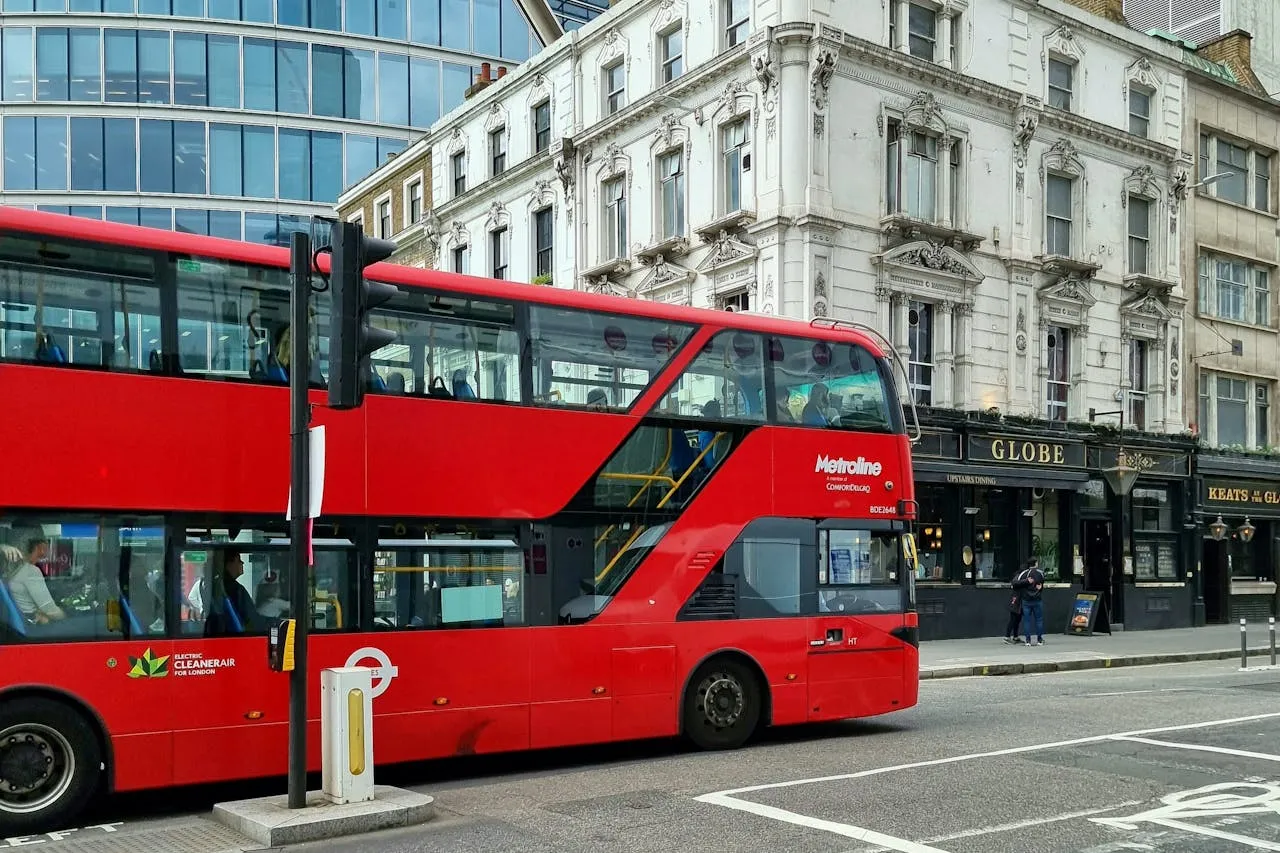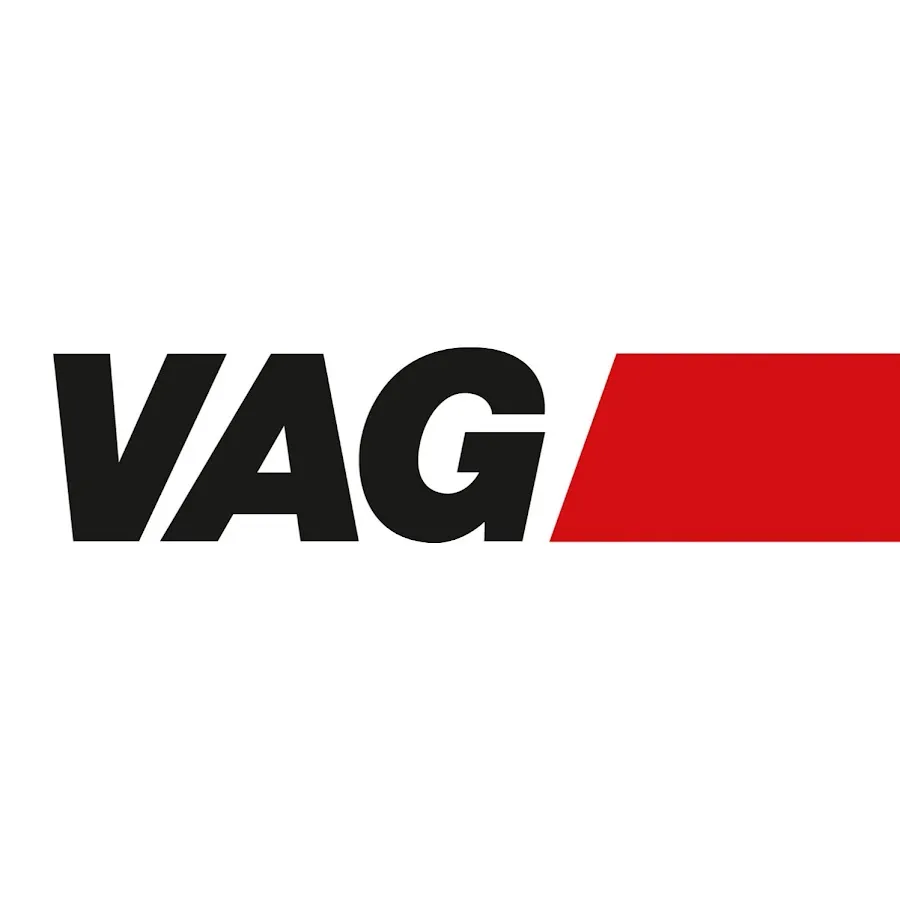
VAG Nuremberg Adds 100th E-Bus with New Mercedes-Benz eCitaro G Fleet
VAG Verkehrs-Aktiengesellschaft Nürnberg (VAG Nuremberg) has achieved a significant milestone in its pursuit of sustainable urban mobility with the introduction of its 100th electric bus. This landmark vehicle is a Mercedes-Benz eCitaro G articulated bus, reflecting the city’s commitment to zero-emission public transportation. As Bavaria’s second-largest city continues to revamp its public transport infrastructure, the arrival of the 100th e-bus underscores VAG Nuremberg’s leadership in green mobility.
The milestone bus, bearing fleet number 417, is part of a broader procurement initiative that will see a total of 31 new eCitaro G articulated buses integrated into the VAG fleet by the end of May 2025. These additions build upon the 46 eCitaro solo and articulated buses already in service since 2023 and 2024, bringing the total number of Mercedes-Benz eCitaro buses to 77. Currently, nearly 70% of VAG’s electric bus fleet comprises eCitaro and eCitaro G models, highlighting the strong partnership between VAG Nuremberg and Daimler Buses.
A formal handover ceremony took place on May 7, 2025, at VAG’s premises on Jaeckelstraße. Rüdiger Kappel, Head of Public Transport Sales Germany at Daimler Buses, and André Martin, Plant Representative for Public Transport Sales Germany, presented the new bus to Tim Dahlmann-Resing, Member of the Board of Management for Technology and Marketing and spokesperson for the Board of Management at VAG Nuremberg.
Transforming Urban Transit Through E-Mobility
The new eCitaro G buses offer substantial environmental and societal benefits. As battery-electric vehicles, they operate locally CO₂-free, aligning with VAG’s overarching sustainability objectives. Painted in VAG’s signature carmine red and traffic white, these buses not only have a striking appearance but also operate with significantly reduced noise levels, contributing to lower urban noise pollution—a crucial consideration for densely populated areas.
Inside the bus, passengers experience a calm, smooth ride due to the elimination of engine vibrations and reduced mechanical noise. The absence of jolting during acceleration and deceleration enhances comfort for all passengers, including those with mobility impairments and parents with strollers.
Each articulated eCitaro G bus is equipped with seven battery packs, offering a combined energy capacity of 686 kWh. This ensures a consistent range of approximately 300 kilometers under average operating conditions throughout the battery’s service life, suitable for Nuremberg’s urban transit routes.

Supporting this electric fleet is VAG Nuremberg’s state-of-the-art eBus port at its Schweinau site, adjacent to a recently modernized parking depot. The charging facility, powered by a rooftop photovoltaic system, can charge up to 39 buses simultaneously. The depot itself can accommodate 170 buses, with each parking space equipped with a dedicated charging point, ensuring seamless operations.
Prioritizing Safety with Advanced Technology
Passenger and driver safety is central to VAG Nuremberg’s vehicle specification strategy. The 31 new eCitaro G articulated buses can transport up to 124 passengers and are outfitted with a suite of advanced safety features. LED technology is standard for all headlights and lamps, enhancing visibility and reducing energy consumption.
Critical driver assistance systems include:(Home | Daimler Truck)
- Preventive Brake Assist 2: An active emergency braking system that can detect pedestrians and cyclists, reducing the likelihood of collisions.
- Sideguard Assist 2: Alerts drivers to the presence of pedestrians or cyclists in the vehicle’s blind spots.
- Frontguard Assist: Provides warnings about obstacles or individuals directly in front of the bus, particularly useful during tight maneuvers.
Together, these technologies form a comprehensive safety envelope, supporting drivers in complex urban environments. Additional safety systems include:
- Traffic Sign Assist for speed compliance
- Tyre Pressure Monitoring System (TPM)
- Attention Assist to detect signs of driver fatigue
- Acoustic Vehicle Alerting System (AVAS) to ensure pedestrians can hear the otherwise silent buses
- Roll-pitch control to compensate for the added battery weight on the roof, ensuring vehicle stability
Passenger-Centric Interior Design
The new eCitaro G buses emphasize comfort and inclusivity. The interior features 37 seats using the Mercedes-Benz City Star Eco design. Two multipurpose areas at the front and one in the rear section offer space for wheelchairs, prams, and other mobility aids, each equipped with leaning surfaces and folding seats.
A manually operated ramp at the central door facilitates easy access for elderly passengers, parents with strollers, and individuals using wheelchairs. The interior temperature is regulated by a roof-mounted air conditioning system with a CO₂ heat pump, while antiviral particle filters ensure healthy air quality.
Ambient LED lighting enhances the overall atmosphere, making the interior feel bright and welcoming. To meet the growing demand for digital connectivity, six dual USB charging ports are installed throughout the vehicle, allowing passengers to charge their mobile devices on the go.
Entertainment and informational needs are met with two 29-inch monitors displaying route and service updates. Safety is further supported by eight mini dome cameras that monitor the passenger compartment and boarding areas, with a live feed accessible to the driver.
Digital Integration and Operational Efficiency
All new buses are equipped with the Bus Data Centre as standard. This system provides seamless integration with Omniplus digital connectivity services, offering real-time diagnostics, predictive maintenance alerts, and operational insights, enhancing fleet management efficiency and reducing downtime.
VAG Nuremberg: Driving Toward a Greener Future
VAG Nuremberg operates a comprehensive public transport network serving up to 640,000 passengers per day across buses, trams, and metro systems. With a workforce of approximately 2,300 employees, including workshop and support staff, the company remains a cornerstone of mobility in the region.
Currently, VAG operates around 200 buses across more than 50 routes, with over 50% of the bus fleet now electric. The organization aims to achieve a fully electric, CO₂-free bus fleet by the early 2030s, aligning with the city’s broader environmental strategy, which includes powering trams and metro lines with 100% renewable electricity sourced locally.
A standout initiative is VAG’s “eBus to Grid” project, exploring the potential for integrating electric buses into the energy grid as mobile storage units. This pioneering approach earned VAG the 2025 Bavarian State Prize for Transport and Logistics in the “Passenger Transport” category.
The delivery of the 100th electric bus to VAG Nuremberg represents more than a numerical achievement; it reflects sustained investment, strategic partnerships, and forward-thinking public policy. Through its growing fleet of Mercedes-Benz eCitaro G buses, VAG is meeting the mobility needs of Nuremberg’s residents while setting new standards in public transport sustainability, safety, and comfort.
As urban centers worldwide confront challenges related to climate change and urban congestion, VAG Nuremberg’s proactive approach to electrification and digitalization serves as a model for cities aiming to transition toward cleaner, smarter transit systems. With its continued commitment to innovation and environmental stewardship, VAG is poised to shape the future of urban mobility in Germany and beyond.




